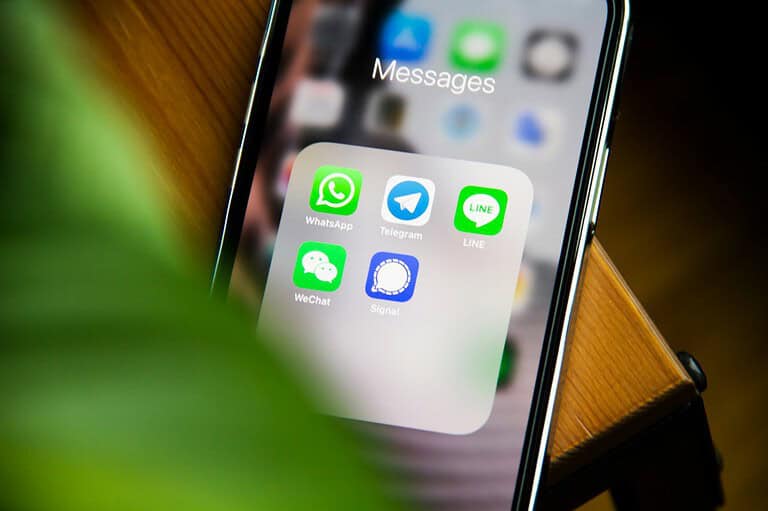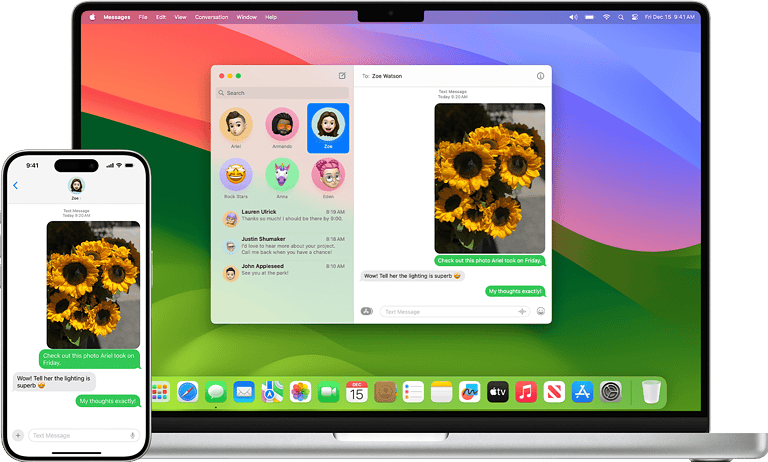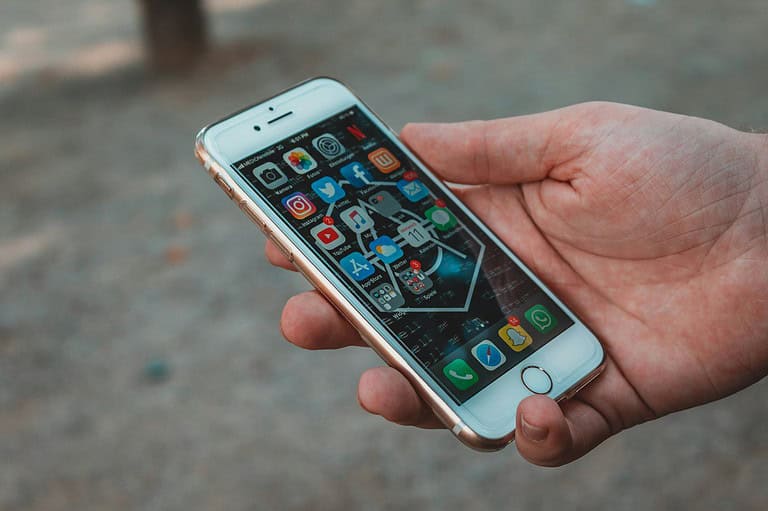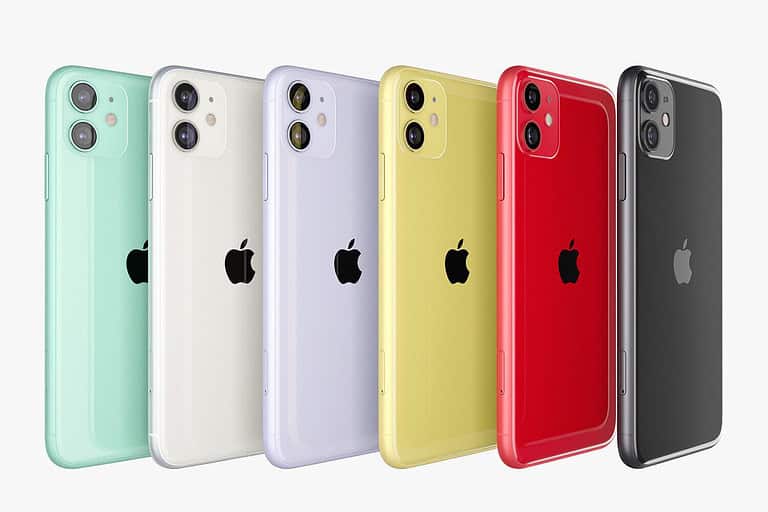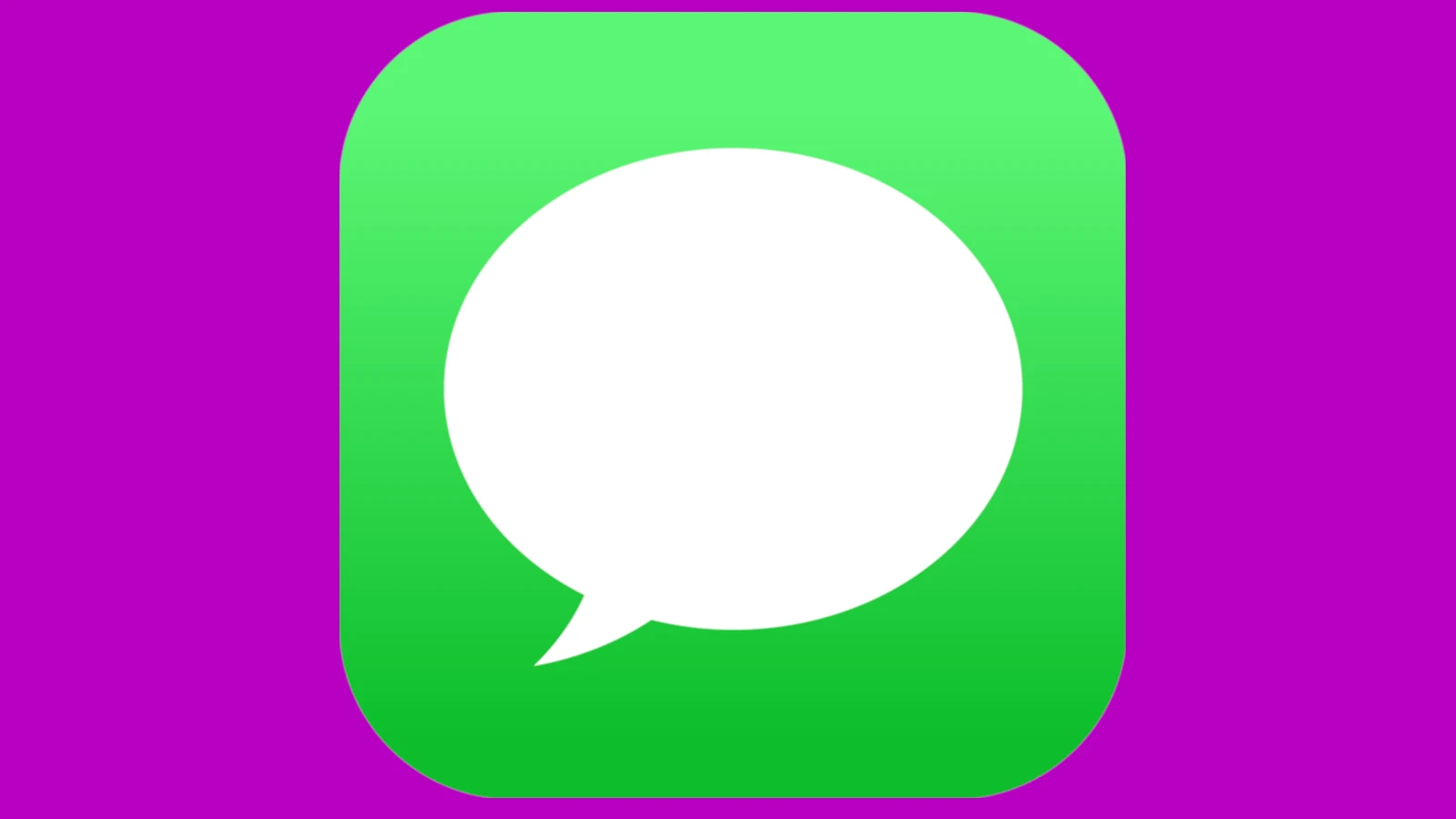
MMS messaging allows iPhone users to send photos, videos, and other media through text messages. Some users encounter issues with MMS messaging on their iPhones. Enabling MMS messaging on an iPhone requires accessing the Settings app and toggling on the MMS Messaging option.
To enable MMS messaging, open the Settings app, tap Messages, and switch on MMS Messaging. This simple step activates multimedia messaging capabilities. If the option is already enabled but not working, users may need to check their cellular data connection or contact their carrier for support.
iPhone models from the iPhone 12 to the latest versions support MMS messaging. Users can troubleshoot MMS issues by updating their iOS, resetting network settings, or toggling the MMS option off and on again. These steps often resolve common MMS-related problems on iPhones.
Troubleshooting MMS Messaging on iPhone
Having trouble sending or receiving picture messages (MMS) on your iPhone? If you’re seeing the message “MMS Messaging Needs to Be Enabled,” follow these steps to get things working:
1. Check Cellular Data
- Ensure Cellular Data is On: Go to Settings > Cellular and make sure the Cellular Data switch is green.
- Check MMS Settings: In Settings > Cellular, look for Cellular Data Options > MMS Messaging. Ensure this is toggled on (green). If you don’t see this option, contact your carrier.
2. Restart Your iPhone
A simple restart can often resolve minor software glitches.
- iPhone X or later: Press and hold the side button and either volume button until the slider appears. Drag the slider to turn off your iPhone. Then, press and hold the side button again until the Apple logo appears.
- iPhone SE (2nd or 3rd generation), 8, 7, or 6: Press and hold the side button until the slider appears. Drag the slider to turn off your iPhone. Then, press and hold the side button again until the Apple logo appears.
- iPhone SE (1st generation), 5, or earlier: Press and hold the top button until the slider appears. Drag the slider to turn off your iPhone. Then, press and hold the top button again until the Apple logo appears.
3. Reset Network Settings
This will erase saved Wi-Fi passwords and VPN settings, so make sure you have them handy.
- Go to Settings > General > Transfer or Reset iPhone > Reset > Reset Network Settings.
4. Contact Your Carrier
If the issue persists, your carrier might be able to help. They can:
- Verify your messaging plan: Ensure your plan includes MMS messaging.
- Check for network outages: There might be temporary issues affecting MMS service in your area.
- Reset your network connection: They can refresh your connection from their end.
5. Update Your iPhone
Make sure your iPhone is running the latest version of iOS.
- Go to Settings > General > Software Update.
Group Messaging and iMessage
If you’re having issues with group messages or with messages not sending as iMessages (blue bubbles), here are some things to try:
- Check iMessage settings: Go to Settings > Messages and make sure iMessage is on.
- Verify your Apple ID: Ensure you’re signed in with the correct Apple ID.
- Check for group messaging limits: Your carrier might have limits on the number of recipients in a group message.
By following these steps, you should be able to resolve the “MMS Messaging Needs to Be Enabled” error and get back to sending and receiving picture messages on your iPhone.
Key Takeaways
- Access iPhone Settings to enable MMS messaging for sending multimedia content
- Check cellular data and carrier settings if MMS issues persist
- Update iOS and reset network settings to resolve common MMS problems
Understanding MMS on iPhone
MMS messaging expands communication capabilities on iPhones beyond basic text. This feature allows users to send and receive rich media content, enhancing the messaging experience.
Difference Between MMS and SMS
MMS (Multimedia Messaging Service) and SMS (Short Message Service) are two distinct messaging protocols. SMS is limited to text-only messages, typically up to 160 characters. MMS, on the other hand, supports various media types.
MMS allows iPhone users to send:
- Photos
- Videos
- Audio clips
- Contact cards
- Longer text messages
SMS messages are sent over cellular networks using standardized protocols. MMS messages utilize data networks to transmit larger files. This difference in transmission methods can affect delivery speed and reliability.
Benefits of MMS Messaging
MMS messaging offers several advantages for iPhone users:
- Rich content sharing: Users can easily share visual and audio information.
- Group messaging: MMS supports multi-participant conversations with media.
- Longer messages: Text can exceed SMS character limits.
- Cross-platform compatibility: MMS works across different devices and operating systems.
These benefits make MMS a versatile tool for personal and professional communication. It allows for more expressive and informative exchanges compared to plain text messages.
Key Features of Multimedia Messaging Service
MMS on iPhone includes several key features:
- File size limits: iPhones typically support MMS attachments up to 3-5 MB.
- Auto-conversion: Large images are often automatically resized for MMS compatibility.
- Delivery reports: Users can receive notifications when MMS messages are delivered.
- Subject lines: MMS messages can include subject headers for better organization.
MMS also supports international messaging, though carriers may apply additional charges. Some iPhones can use Wi-Fi for MMS transmission when cellular data is unavailable, enhancing reliability.
Enabling MMS Messaging
MMS messaging allows iPhone users to send and receive multimedia content like photos, videos, and audio files. Enabling this feature involves a few simple steps in the device settings.
Accessing the Settings App
To enable MMS messaging, start by opening the Settings app on your iPhone. The app icon looks like a gear and is typically found on the home screen. Tap it to open.
Scroll down the list of options until you see “Messages”. This section contains all settings related to text and multimedia messaging on your device. Tap on “Messages” to access its specific settings.
Toggling MMS Messaging
In the Messages settings, look for the “MMS Messaging” option. It’s usually located near the top of the screen. Next to it, you’ll see a toggle switch.
If the switch is gray, MMS messaging is off. Tap the switch to turn it on. The switch will turn green, indicating that MMS messaging is now enabled.
While you’re here, also check the “Group Messaging” option. Turn this on to ensure you can send and receive MMS messages in group chats.
Issues and Troubleshooting
If you’ve enabled MMS messaging but still face issues, try these steps:
- Check your cellular data connection. MMS requires an active data connection to work.
- Update your iPhone to the latest iOS version.
- Reset your network settings by going to Settings > General > Reset > Reset Network Settings.
If problems persist, contact your cellular carrier. They might need to update your plan or fix network-related issues on their end.
Remember to restart your iPhone after making these changes. This can help apply the new settings and resolve any lingering issues.
Advanced MMS Settings
Configuring advanced MMS settings on an iPhone involves adjusting carrier settings, managing file size limits, and understanding potential costs. These options allow users to optimize their multimedia messaging experience.
Carrier and Apple Intelligence Configuration
iPhone users can fine-tune their MMS settings through carrier and Apple intelligence configurations. To access these settings, go to Settings > Cellular > Cellular Data Options > Cellular Network. Here, users can update carrier settings, which may improve MMS functionality.
Apple intelligence enhances MMS by automatically optimizing image and video quality. This feature can be adjusted in Settings > Messages > Low-Quality Image Mode. Turning this on reduces data usage but may affect media quality.
Some carriers offer additional MMS settings through their own apps or websites. Users should check with their provider for any carrier-specific options that might enhance their MMS experience.
Managing File Size Limits
MMS file size limits vary by carrier and can affect the quality of sent media. Typical limits range from 300 KB to 3 MB per message. Users can check their carrier’s specific limits in their plan details or by contacting customer support.
To manage file sizes:
- Use the built-in compression option when sending photos
- Trim videos before sending
- Consider using iCloud links for larger files
iPhone automatically compresses large files to meet carrier limits. However, users can manually adjust compression levels in the Photos app before sending.
Understanding Potential Costs
MMS messages may incur additional charges depending on the user’s messaging plan. Some key points to consider:
- Check if MMS is included in your plan or charged separately
- International MMS often carries higher fees
- Large file sizes may count as multiple messages
Users can monitor their MMS usage in Settings > Cellular > Cellular Data Usage. To avoid unexpected costs, consider:
- Using Wi-Fi messaging apps for large files
- Setting up usage alerts with your carrier
- Opting for an unlimited messaging plan if you frequently send MMS
It’s important to review your plan details regularly, as carriers may update their MMS pricing and policies.
Using MMS Effectively
MMS messaging enhances communication by allowing users to send photos, videos, and other media. Proper use of MMS can improve messaging experiences across different devices and platforms.
Sending MMS to Android Devices
iPhone users can send MMS to Android devices seamlessly. Ensure MMS messaging is enabled in the iPhone settings. Open the Messages app and tap the camera icon to attach photos or videos. For larger files, consider using a cloud storage link instead.
Android recipients may see green bubbles instead of blue, indicating SMS/MMS rather than iMessage. This difference doesn’t affect the content delivery. Check that the Android user has cellular data or Wi-Fi enabled to receive multimedia messages.
Utilizing Group Messaging Features
MMS supports group chats with both iPhone and Android users. Create a new group message by selecting multiple recipients in the Messages app. Tap the camera icon to add photos or videos for all participants to see.
Group MMS allows sharing media with multiple people simultaneously. Be mindful of large attachments, as they may take longer to send and receive. Some carriers limit group sizes, typically to 10-20 participants.
• Use subject lines for important group messages
• Name group chats for easy identification
• Mute notifications for busy group threads
Turning Off iMessage When Necessary
In certain situations, turning off iMessage can ensure reliable MMS delivery. Go to Settings > Messages and toggle off iMessage. This forces your iPhone to use SMS/MMS for all messages.
Reasons to disable iMessage:
- Messaging non-Apple users frequently
- Traveling to areas with poor data coverage
- Troubleshooting message delivery issues
Remember to re-enable iMessage when these conditions no longer apply. SMS/MMS may incur additional charges depending on your cellular plan.
Frequently Asked Questions
MMS messaging on iPhones can be confusing for some users. Here are answers to common questions about enabling and using this feature.
How can one enable MMS messaging on an iPhone?
To enable MMS messaging on an iPhone, go to Settings. Tap Messages. Find the MMS Messaging toggle. Switch it on. The toggle will turn green when active.
What steps are required to activate MMS on an iPhone with iOS 17?
iOS 17 users can activate MMS by opening Settings. Tapping Messages. Locating the MMS Messaging option. Toggling the switch to the on position. A green switch indicates successful activation.
What are the implications of turning on MMS messaging on an iPhone?
Turning on MMS allows sending and receiving multimedia content. This includes photos, videos, and audio files. Users may incur additional charges from their carrier for MMS use. Data usage increases when sending or receiving MMS messages.
How does one allow MMS Messaging on an iPhone 14?
iPhone 14 users can allow MMS by accessing Settings. Selecting Messages. Finding the MMS Messaging toggle. Switching it on. The process is similar to other iPhone models.
Where can I find the setting to enable MMS messaging on an iPhone 12?
On iPhone 12, the MMS setting is in the Settings app. Scroll to Messages. Look for MMS Messaging. Tap the toggle to enable it. The setting is typically near other messaging options.
Why does my iPhone indicate that MMS messaging needs to be enabled?
An iPhone may show this message if MMS is turned off. It can also appear if there’s a network issue. Some carrier plans may not include MMS by default. Checking settings and contacting the carrier can resolve this problem.

